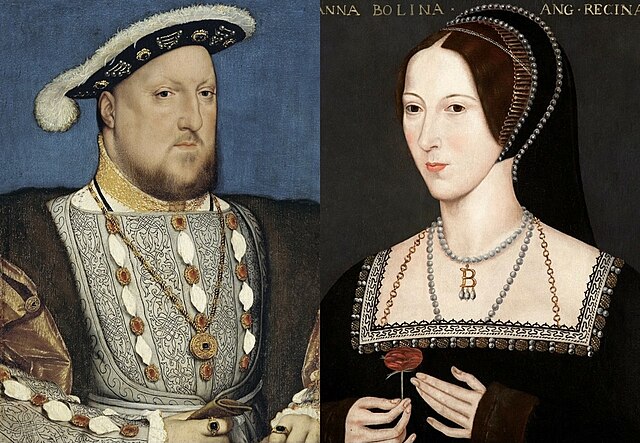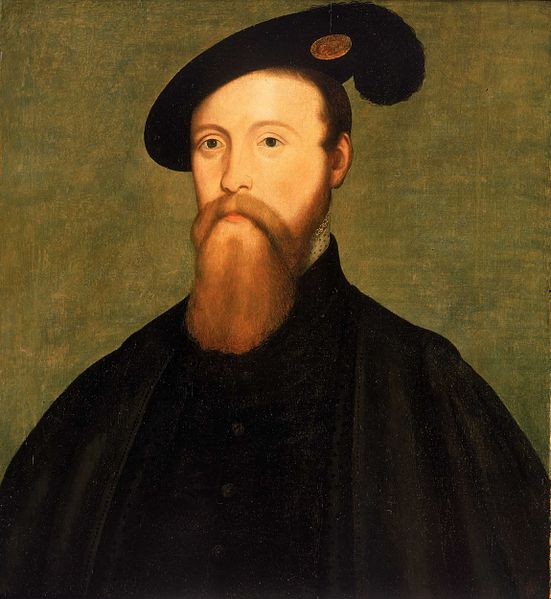Elizabethan Religious Settlement
The Elizabethan Religious Settlement is the name given to the religious and political arrangements made for England during the reign of Elizabeth I (1558–1603). The settlement, implemented from 1559 to 1563, marked the end of the English Reformation. It permanently shaped the Church of England's doctrine and liturgy, laying the foundation for the unique identity of Anglicanism.
Queen Elizabeth I
From right to left: Elizabeth I, Edward VI, Henry VIII, Mary I and her husband Philip II of Spain; an allegorical painting meant to show Queen Elizabeth I combined the best virtues of her predecessors, Henry, Edward and Mary
Queen Elizabeth I opening Parliament
Thomas Cranmer (1489–1556), Edward VI's Archbishop of Canterbury and editor and co-author of both the 1549 and 1552 Books of Common Prayer.
Elizabeth I was Queen of England and Ireland from 17 November 1558 until her death in 1603. She was the last monarch of the House of Tudor.
The Darnley Portrait, c. 1575
Elizabeth's parents, Henry VIII and Anne Boleyn. Anne was executed within three years of Elizabeth's birth.
A rare portrait of a teenage Elizabeth prior to her accession, attributed to William Scrots. It was painted for her father in c. 1546.
Elizabeth's guardian Thomas Seymour, Baron Seymour of Sudeley, may have sexually abused her.







